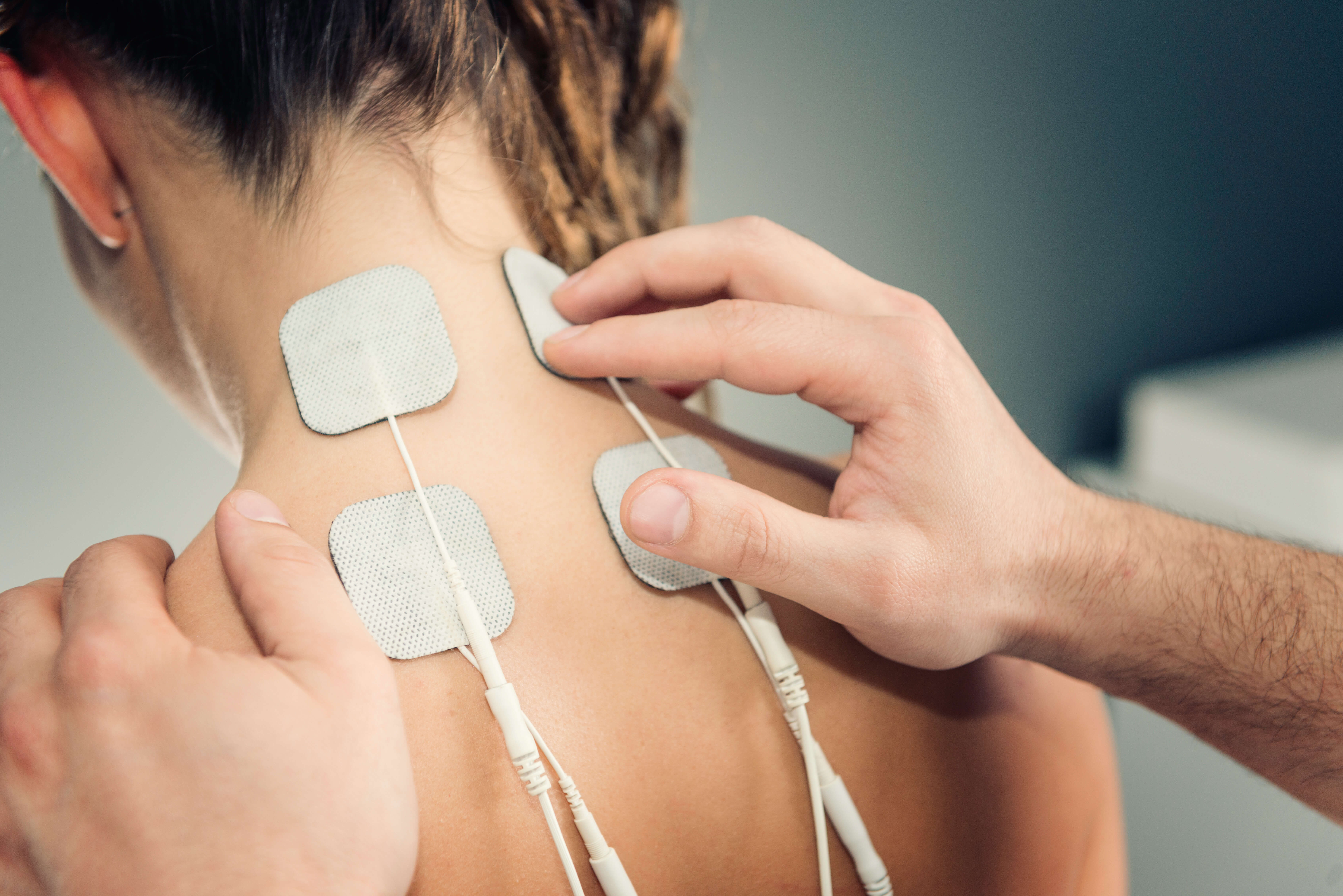

What are the contraindications for electro-acupuncture? Which should I use, milliampere current or microampere current? What is the difference between milliampere and microampere? Our team of physical therapists will help you heal all your pain and live life pain-free.Where can I learn about clinical applications of electro-acupuncture? Come experience the difference and contact us today at Cherokee, Storm Lake, Ida Grove, Denison, IA centers to schedule an initial appointment.
#Electro stimulator skin#
You’ll be asked to sit or lie in a comfortable position, your skin in the target treatment area will be cleaned and prepped, and your PT will guide you step-by-step through the entire treatment.Īre you interested in trying electrical stimulation? Wondering if it can help your pain or dysfunction? Our physical or occupational therapy services, including electrical stimulation and other modalities, are evidenced-based, state-of-the-art, effective, and have minimal to no risk of side effects. If your physical and occupational therapist decides that electrical stimulation is an appropriate part of your plan of care, he or she will first educate you about the specific modality.


Your physical and occupational therapist will be able to diagnose your condition and then devise an appropriate treatment plan to meet your unique needs. For this reason, we’ll ask you to come in comfortable loose-fitting clothes and sturdy shoes when you come to see us for an appointment.Īt your initial consultation, expect to be taken through a thorough patient history questionnaire (we’ll ask questions about your current, past, and family medical history) and physical examination. Our patients’ comfort, safety, and dignity are the number one priority.

What should I expect during an electrical stimulation session? Sometimes, as in the case when used for muscle strengthening, the intensity level can be high and somewhat uncomfortable, but it should nevercause pain. Typically, electrical stimulation will feel tingly or prickly (some patients describe it as a comforting “pins and needles” sensation). The intensity of the electrical muscle stimulation or sensory nerve stimulation is easily modifiable and ultimately will only be as much as you, the patient, can tolerate. While it’s not for everyone (including people with deep vein thrombosis, people who are pregnant, people with pacemakers, and people with impaired cognition) or safe to use on everybody area (including on the anterior neck, eyes, or over areas with damaged skin or decreased sensation), electrical stimulation canbe used for a wide variety of conditions as indicated, including acute sports-related or auto accident-related injuries, repetitive stress injuries, muscle strains, ligament sprains, and even neurological conditions including stroke. Specifically, this modality can trigger an innate and completely natural analgesic effect by stimulating specific sensory nerve fibers (including A-beta, A-delta, and C fibers) which both disrupt or decrease the sensation of pain and also elicit the release of certain neurotransmitters which can prolong the pain-relieving effects. Pain control and reduction is probably the most frequent indication of electrical stimulation usage. Prevent or reverse muscle atrophy (especially after prolonged immobilization, such as a limb being casted as a fracture heals).Provide biofeedback (aka improve body awareness).Reduce, eliminate, and/or control pain (both acute and chronic).Our clinic frequently utilizes electrical stimulation in order to provide a variety of beneficial healing effects, including: Your physical and occupational therapist will decide the right one to meet your unique needs. These include modes such as transcutaneous electrical nerve stimulation (TENS), interferential, pre-modulated, Russian, and symmetrical or asymmetrical bi-phasic. There are several electrical stimulation modes that use different types of currents intended to stimulate different nerves in a variety of specific ways. What is electrical stimulation used for in physical or occupational therapy? These electrodes are connected via wire leads to the unit, through which electricity can pass and ultimately interact with sensory and/or motor nerves (depending on the type of current utilized). While individual units and modes of delivery can vary, the standard electrical stimulation device utilizes self-adhesive electrodes placed around the target treatment area on the body. While it may sound a bit intimidating, electrical stimulation really isn’t at all! When used correctly and provided under the guidance of a licensed and skilled therapist, electrical stimulation is a safe and efficacious modality that can be used to treat a variety of conditions.


 0 kommentar(er)
0 kommentar(er)
